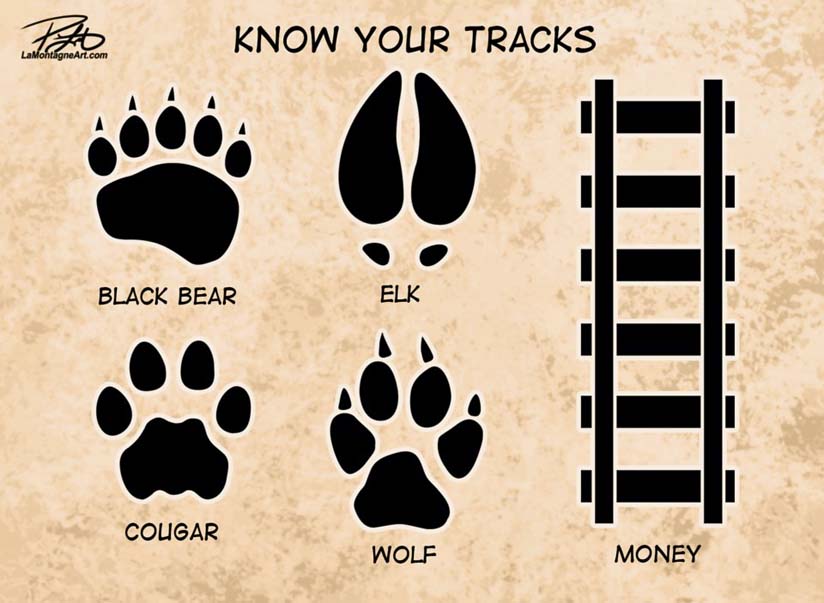
Banff Alberta - If you listen closely, you may be able to hear the faint sound of future trains pulling into stations in various spots
across the Bow Valley.
Then again, anyone in Banff was likely traumatized by train whistles years ago, but the potential of the much discussed passenger rail making its way through
the valley has only gained traction in the last year.
But while there is potential for passenger rail, there are far too many questions yet to be answered, and all parties have not had their voices heard or been
invited to the table.
 Including the owner of the right-of-way, Canadian Pacific.
Including the owner of the right-of-way, Canadian Pacific.
Though the federal and provincial governments have expressed interest, and some in the private sector are going full steam ahead with the plans, it was only
recently that the very municipalities the train is proposed to travel through have started discussing the plans.
And on 11 Feb 2022 a partnership of conservation groups highlighted significant concerns on the potential environmental and wildlife issues with the rail
line.
Among them were well respected environmental agencies the Bow Valley Naturalists, Yellowstone to Yukon Conservation Initiative, Bow Valley Climate Action
Society, Canadian Parks and Wilderness Society Southern Alberta chapter, and the Alberta Wilderness Association.
Their concerns on how it will affect animals, wildlife corridors, and greenhouse gas emissions need to be answered before any passenger rail train leaves the
station.
More than four million people flood into Banff National Park each year, while the provincial parks in between Calgary and Banff have countless people enjoying
the outdoors.
With the outdoors and wildlife being a main focus of the reason people visit the region, more information is needed on how a passenger rail line impacts those
features.
Wildlife has already been significantly disturbed by increased visitation and growth and the deaths of grizzly bears on railway tracks have been well
noted.
There are also questions on how it will impact communities such as Cochrane, Canmore, Banff, and Stoney Nakoda, the latter of which has not found a seat at the
discussion table.
Residents of Canmore and Banff are often frustrated with the number of trains passing through the towns and the idea more each day will likely only add to
those annoyances.
Other organizations such as Parks Canada and Canadian Pacific, who have not signed off on any use of its rail lines or land to run additional tracks, also need
to publicly give a yay or nay to the plans.
The 150 kilometre passenger rail proposal would stretch from Calgary International Airport to the train station in Banff.
It would have stops in downtown Calgary, Cochrane, Stoney Nakoda, and Canmore in between.
The project has been driven by Jan and Adam Waterous, the owners of the Mount Norquay ski resort, and holders of the Pacific Railway lands around the Banff
train station, under Liricon Capital.
They've teamed with Plenary Americas to submit the proposal to Alberta Transportation, Invest Alberta Corporation, and the Canada Infrastructure
Bank.
The very ambitious, and likely unreachable, timeline of 2025 has to have everything go in the right direction for it to come to fruition by then.
But there has been notable interest from all parties, from municipalities, senior governments, and the general public, for it to be derailed anytime soon or
possibly at all.
If a passenger rail line between Calgary and Banff truly has benefit to the Bow Valley, the ambitious timeline needs to be properly thought out and all
groups, regardless of the diverse opinions, need to be heard.
Author unknown.
(there was no image with original article)
(usually because it's been seen before)
provisions in Section 29 of the Canadian
Copyright Modernization Act.
